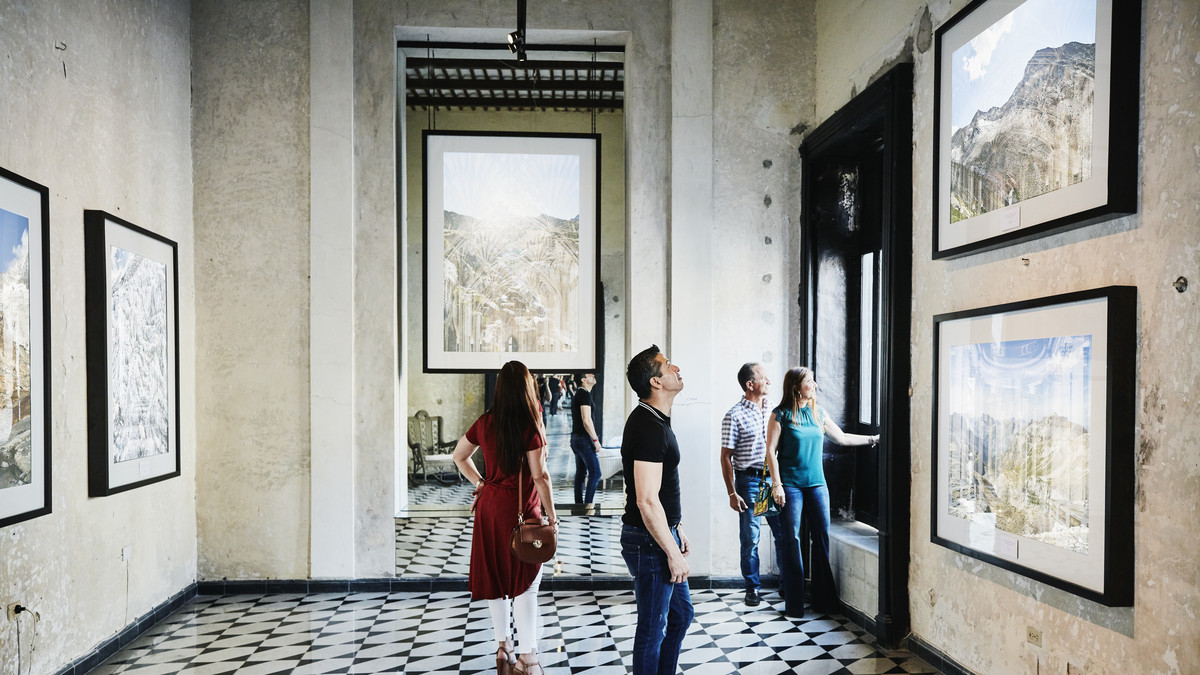Artists and collectors worldwide have fallen in love with giclée printing. If you have purchased a fine-art print, you have probably come across the term giclée. With an exotic-sounding name and a presence all over the art world, you may be wondering: What exactly is giclée, and why do artists use it? In this article, we’ll be exploring all aspects of giclée printing, from its inception in the early 1990s, how giclée prints are made, and what benefits giclée provides for artists.
The invention of giclée
To understand giclée printing and why it has remained a staple of modern fine-art printing, we need to learn a bit about the history of giclée and how it came to be. Giclée, pronounced zhee-clay, was first introduced in the 1990s by printmaker Jack Duganne. Duganne wanted to find a way to differentiate his high-resolution, art-quality prints from the lower quality mass-manufactured prints.
At this time, IRIS prints were fast, easy to produce and commonly used for commercial proofs. While this printing style was perfect for a business setting, it did not produce high enough quality prints for use in the art world. Because of this connotation between digital printing and poor quality, Duganne looked for a new term that would reflect the superior grade of his printed works.
Duganne took inspiration from the process of half-tone printing itself. Giclée prints are created when inkjets spray millions of microscopic dots of ink onto specially treated archival paper. These tiny dots, or half-tone patterns, act like pixels to build color and create the final image. Duganne combined the words le gicleur, French for nozzle, and la giclée, for spray, and the term “Giclée” was born.
What makes giclée printing different?
While giclée printing may sound similar to how your inkjet printer works at home, some key differences exist. Giclée prints, by definition, must start with a high-resolution image. The resolution of an image will determine how many dots of color will be printed. The more drops of ink, the better the clarity and detail of the picture. All giclée prints are required to have a minimum resolution of 300 DPI or dots per inch.
Another factor determining a giclée print is the materials used to create it. Giclée prints must use pigment-based inks. These high-quality inks guarantee accurate colors in an array of spectral hues. To be considered a giclée print, the work must also be printed on specially treated lignin and acid-free paper. This paper is specially formulated for use with pigment-based inks and ensures the print’s longevity. Last, giclée prints must be printed on a professional wide-format inkjet printer. These professional printers can create the highest quality prints in sizes up to A0.
Why do artists use giclée?
Giclée has a myriad of benefits that make it the ideal style for artists to print their work. Artists and galleries have favored this high-resolution printing style for decades, and for good reason.
This article was written by Angela Scott-Briggs from TechBullion and was legally licensed through the Industry Dive Content Marketplace. Please direct all licensing questions to legal@industrydive.com.
![]()



